

Blog
Geography: Revealing the Miracles of Demography, Economic Geography, and Biogeography
Discovering the Magic of Geography.
The significance of demography, economic geography, and biogeography.
Geography is more than just maps and coordinates; it is a kaleidoscope of interconnected disciplines that unravel the wonders of our world. Within this diverse field, three sub-disciplines stand out: demography, economic geography, and biogeography. Each of these domains holds the key to understanding the complexities of our societies, economies, and ecosystems.
In this article, we will embark on a journey to explore the miracles of demography, economic geography, and biogeography, unveiling their hidden treasures and unveiling a world of knowledge.
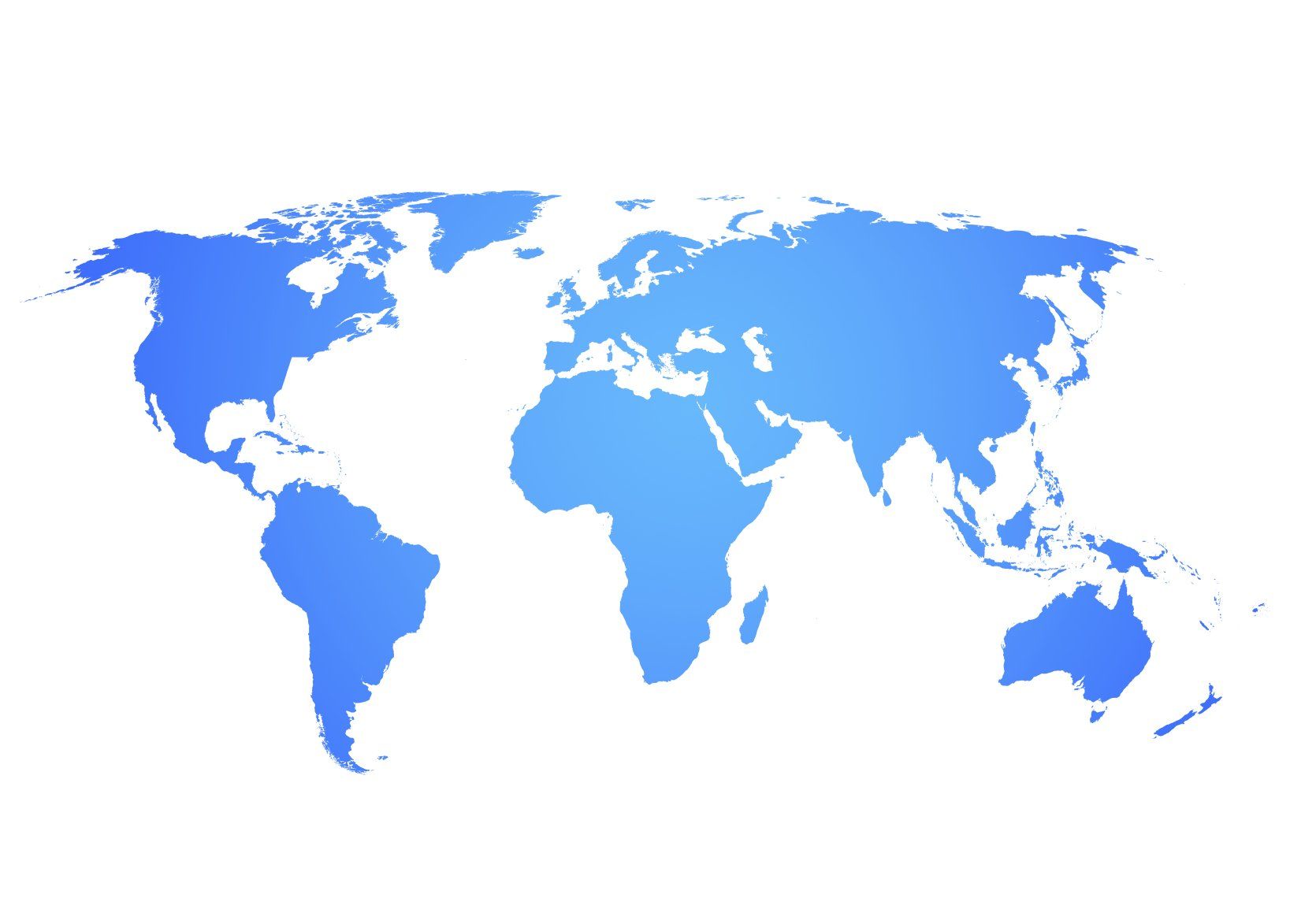
Demography: Unraveling Human Population Patterns
- Definition and scope of demography
- Studying population growth and decline
- The impact of demographic factors on societies
Demography is the scientific study of human populations and their characteristics, dynamics, and trends. Its scope encompasses diverse aspects, such as population size, composition, distribution, and the factors that influence these patterns. By delving into the intricate realm of demography, we can gain insights into population growth and decline, fertility and mortality rates, migration patterns, and much more.
Understanding these dynamics is crucial for comprehending the social, economic, and political implications associated with population changes, making demography an indispensable field for policymakers and researchers alike.
Key Concepts in Demography:
- Birth rates, death rates, and migration
- Population pyramids and age structure
- Population density and distribution
To unravel human population patterns, several key concepts come into play. Birth rates, death rates, and migration are fundamental factors that shape the size and composition of populations. Population pyramids provide visual representations of age and gender distribution within a population, granting valuable insights into social and economic trends. Additionally, population density and distribution elucidate how people are spatially distributed across regions, highlighting disparities and inequalities.
These concepts serve as vital tools for demographers to study the complexities of human populations and develop informed policies for sustainable development.
Demography, the captivating and multifaceted discipline nestled at the intersection of sociology, statistics, and economics, unravels the intricate dynamics of human populations. By employing various tools, theories, and methodologies, demographers seek to decipher the enigmatic puzzle that is our world's population. This detailed summary will explore the essential aspects that make demography a truly compelling field of study.
The Foundations of Demography:
At its core, demography aims to comprehend the processes influencing population growth, change, and structure. By employing comprehensive and meticulous research methods, demographers analyze various population aspects, such as fertility, mortality, migration, and socio-economic factors, shedding light on the past, present, and future trends shaping society.
Understanding Population Structure:
Demographers meticulously scrutinize the intricate tapestry of population structure, examining elements such as age, sex, marital status, ethnicity, and socioeconomic characteristics. Through these analyses, they uncover the composition, disparities, and inequities within populations, aiding policymakers and governments in identifying target groups and formulating effective strategies for societal advancement.
Exploring Fertility Dynamics:
Fertility, one of the cornerstones of demography, delves into the complexities surrounding birth rates and the factors that influence them. Demographers examine elements like education, employment, socioeconomic status, access to healthcare, and cultural practices to identify patterns and variations in fertility rates across populations and geographical areas. This crucial information helps governments design effective family planning policies and initiatives.
Unveiling the Mysteries of Mortality:
Mortality analysis provides demographers with invaluable insights into the factors impacting life expectancy, survival rates, and cause-specific death patterns. By analyzing data related to healthcare access, living conditions, socioeconomic factors, and cultural norms, demographers paint a comprehensive picture of mortality differentials among populations. These insights are crucial for identifying and addressing public health issues and designing targeted interventions to enhance overall well-being.
Migration and its Transformative Power:
Migration, a dynamic and multifaceted phenomenon, plays a pivotal role in demography. Demographers study both international and internal migration patterns, seeking to comprehend the underlying reasons, trends, and implications. Examining the push and pull factors, demographic consequences, and integration processes associated with migration enables demographers to unravel the complexities surrounding population distribution, cultural exchange, and socio-economic dynamics.
Predictive Power and Policy Implications:
Demography harnesses its arsenal of statistical techniques and models to generate projections and forecasts about future population trends. By analyzing historical patterns, fertility, mortality, migration rates, and other vital indicators, demographers help policymakers make informed decisions about resource allocation, healthcare planning, social security, educational policies, and urban development. The predictive power of demography aids in tackling challenges like an aging population, environmental sustainability, and addressing the needs of marginalized groups.
Economic Geography: Exploring the Dynamics of Trade and Development
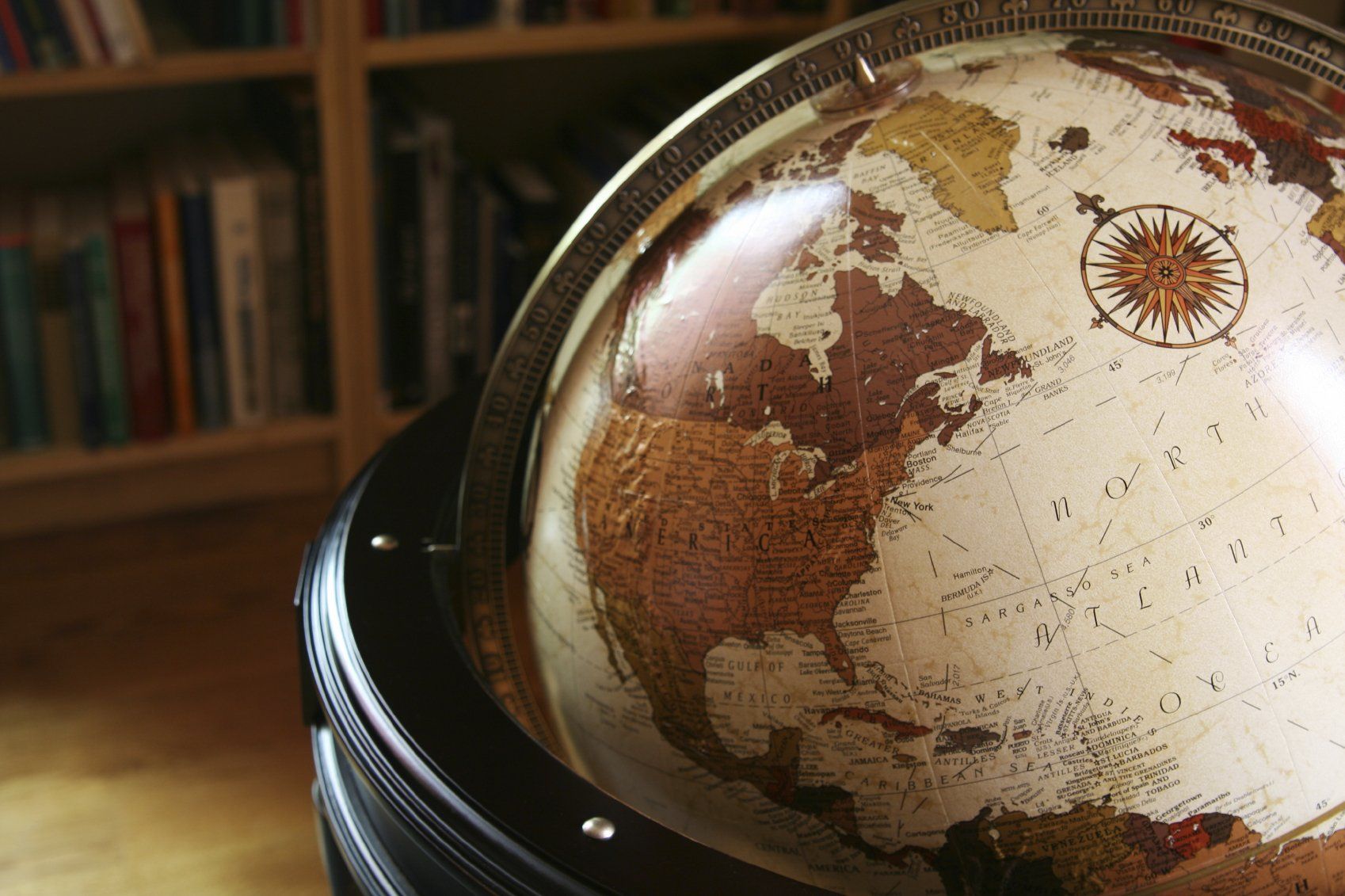
- Understanding the interplay between geography and economics
- Factors shaping economic activities
- The influence of globalization on economic geography
Economic geography is a multidimensional field of study that investigates the intricate relationship between space, place, and economic activities. It endeavors to unravel the geographic forces that shape human societies, influencing the patterns of production, distribution, and consumption. By delving into the essential aspects of economic geography, we can uncover the complexities and interconnectedness of global economic systems and better understand the dynamics at play.
Economic geography delves into the dynamic relationship between geography and economic activities. It examines how physical, cultural, and political factors influence the spatial distribution of economic resources, industries, and trade networks. By understanding these factors, economists and geographers can analyze patterns of development, regional disparities, and the impacts of globalization on economic systems.
Economic geography sheds light on the intricate networks of production, exchange, and consumption that shape our world, providing insights into the economic forces that drive societies forward.
Geographic Approaches to Economic Development
- Core-periphery theory and regional disparities
- Industrialization and urbanization
- Resource-based economies and sustainable development.
Geographers approach economic development through various lenses. Core-periphery theory explores the unequal distribution of economic power between central and peripheral regions, shedding light on regional disparities within and between countries. Additionally, industrialization and urbanization are key aspects of economic development, transforming societies and landscapes. So, understanding resource-based economies and their potential for sustainable development is crucial in a world facing environmental challenges.
By examining these approaches, geographers contribute to designing policies that foster equitable and sustainable economic growth.
Space, Place, and Economic Activities:
Economic geography explores how the location of economic activities impacts their development and outcomes. It emphasizes that economic processes are not isolated occurrences but are deeply rooted in specific spaces and places.
Through the lens of economic geography, we comprehend how geographic factors such as climate, topography, resources, and infrastructure influence the spatial distribution of economic activities. Economic geography also examines how societal perceptions and cultural aspects influence economic behavior, such as attitudes towards entrepreneurship or gender roles in the workforce.
Globalization and Economic Restructuring:
A pivotal aspect of economic geography lies in understanding the forces of globalization and their implications on local, regional, and national economies. As the world becomes increasingly interconnected, the dynamics of economic geography have been transformed by transnational corporations, global supply chains, and the flow of capital, labor, and information. Economic restructuring, driven by these global processes, impacts regional and national economies, often resulting in industrial decline, job displacement, or the emergence of new economic centers.
Industrial Location Theories:
Economic geography also encompasses various theories that aim to explain the spatial distribution of industries. Classic theories, such as Alfred Weber's theory of industrial location, suggest that firms seek to minimize production costs by locating closer to raw materials, markets, and skilled labor. However, more contemporary theories consider additional factors, such as agglomeration economies, innovation clusters, and social networks, which shape the geography of economic activities.
Regional Disparities and Development:
Another critical aspect of economic geography lies in investigating the uneven distribution of wealth, resources, and opportunities across regions. This field sheds light on regional disparities and examines how geographic factors contribute to economic development or hinder progress. By understanding the unique attributes of each region, policymakers and planners can design strategies that promote equitable and sustainable development, aiming to reduce disparities and uplift marginalized areas.
Environmental Sustainability:
Economic geography also addresses the environmental implications of economic activities. It acknowledges the need for a balanced approach to economic development, considering the ecological limits of the planet. Economic activities impact the environment through resource extraction, pollution, and climate change. By integrating ecological knowledge and sustainable practices, economic geography aims to steer economic activities towards environmentally conscious and resilient models.
Biogeography: Unveiling Patterns of Life on Earth

- Defining biogeography and its interdisciplinary nature
- Biomes: Understanding global ecosystem distribution
- Geographical factors influencing biodiversity
Biogeography, an intriguing interdisciplinary field, delves into the distribution and spatial patterns of life on our planet. By integrating elements from biology, ecology, and geography, it uncovers the captivating tapestry of biodiversity. The ultimate goal of biogeographers is to comprehend the impact of geological and climatic factors on species distribution, which in turn leads to the formation of diverse ecosystems and biomes.
With its encompassing nature, biogeography not only highlights the significance of geography but also showcases the vital role it plays in shaping the world we inhabit.
By studying biogeography, we gain insights into the intricate relationships between organisms and their environment, allowing us to appreciate the wonders of nature and devise strategies for conserving Earth's precious biodiversity.
Biodiversity Hotspots: Nature's Treasures:
- Identifying the world's biodiversity hotspots
- Conservation challenges and efforts
- The significance of biogeography in species preservation
Certain areas on our planet are deemed as biodiversity hotspots due to their exceptional levels of species richness and endemism. These hotspots, encompassing a mere 2.3% of Earth's land surface, harbor a staggering 50% of the world's plant species and 42% of terrestrial vertebrate species. However, biodiversity hotspots face numerous conservation challenges, including habitat destruction, climate change, and invasive species.
Biogeography plays a vital role in identifying these hotspots, aiding conservation efforts, and raising awareness about the importance of preserving Earth's biological treasures for future generations.
Human-Environment Interactions
- The delicate balance between humans and their environment
- Environmental determinism vs. possibilism
- Case studies on human-environment relationships
Human-environment interactions lie at the heart of geography, exploring the reciprocal relationship between society and the natural world. Geography rejects extreme theories such as environmental determinism, which assert that the physical environment solely shapes human behavior, and possibilism, which recognizes the environment's influence while acknowledging human agency.
Through case studies, geographers examine how societies adapt to their environments, the impacts of human activities on ecosystems, and the challenges of achieving sustainable coexistence.
All about various species:
At its core, biogeography aims to answer questions about why species occur where they do and how they have evolved over time. By examining the geographic distribution of species, researchers can unravel the underlying ecological and evolutionary processes that have influenced their patterns of dispersal, adaptation, and extinction. In doing so, biogeography provides valuable information for conservation efforts, ecosystem management, and predicting the impacts of global environmental changes.
Spatial scale:
One of the key aspects of biogeography is the concept of spatial scale. Researchers investigate patterns and processes at various levels, from local communities and ecosystems to regional biotas and global biodiversity hotspots. Understanding how different scales interact and influence each other is essential for comprehending the complexities of biogeographic patterns.
Abiotic factors:
Biogeography also considers the influence of abiotic factors, such as climate, geology, and physical barriers, on the distribution of species. Climate plays a crucial role in determining where organisms can survive and reproduce, as different species have distinct tolerances and preferences for temperature, precipitation, and other environmental conditions. Geographical barriers, such as mountains, oceans, or deserts, can hinder the dispersal of organisms, leading to the development of unique species assemblages in isolated regions.
Distribution of species:
Additionally, biogeography investigates historical processes and events that have shaped the present distribution of species. These include continental drift, glaciations, and evolutionary processes like speciation and extinction. For instance, the separation of continents millions of years ago resulted in distinct biotas in Australia, which led to the evolution of unique and diverse flora and fauna, including kangaroos and eucalyptus trees.
The use of technology in biogeography:
The advent of advanced technology, such as DNA sequencing and geographic information systems (GIS), has revolutionized the field of biogeography. Researchers can now study genetic variation within species to infer past population movements and identify evolutionary hotspots. GIS enables the integration of vast amounts of ecological and geographic data, allowing for sophisticated analyses and modeling to understand current and future biogeographic patterns.
Conclusion:
In conclusion, biogeography provides a holistic perspective on the distribution of life on Earth, investigating the interactions between organisms, their environment, and historical processes. By uncovering the underlying mechanisms driving species distribution, biogeography plays a crucial role in informing conservation efforts, predicting biodiversity responses to global changes, and understanding the fundamental principles of life's diversity.
Through the collaboration of various scientific disciplines, this discipline continues to expand our knowledge of our planet's remarkable complexity and inspire new insights for sustainable coexistence.
Climate Change and Geography

- The role of geography in understanding climate change
- Impacts of climate change on landscapes and ecosystems
- Mitigation and adaptation strategies
Geography provides a unique lens through which we can comprehend climate change.
Geographers analyze the spatial dimensions of climate patterns, exploring how climate varies across regions and the factors driving these variations. Additionally, they investigate the impacts of climate change on landscapes, ecosystems, and human societies.
By understanding the geographical aspects of climate change, geographers contribute to the development of mitigation and adaptation strategies, striving to mitigate the effects of global warming and create a sustainable future for all.
The relationship between climate change and geography is intricately interconnected, forming a dynamic duo that shapes the very fabric of our planet's ecosystems and societies. Geography provides the canvas on which climate change plays out, and in return, climate change becomes a powerful force molding and reshaping our planet's geographic features. This creative output aims to explore the essential relationship between climate change and geography, delving into their mutual influences, feedback loops, and consequential implications.
Climate Change and Geographical Variations:
Geography encompasses a multitude of elements such as landforms, vegetation patterns, hydrological systems, and atmospheric conditions, all of which are profoundly impacted by climate change. One cannot fully comprehend climate change without examining its effects on geographical variations and the subsequent feedback loops it creates.
Elevation, Latitude, and Climate Zones:
Climate change significantly influences geographical variations by altering the distribution of temperature, precipitation, and weather patterns across the globe. Rising global temperatures disrupt long-established climate zones, causing shifts in vegetation and the movement of animal species. Mountainous regions are particularly vulnerable, as warming temperatures affect glacial melting and consequently, water availability for downstream ecosystems and human populations.
Coastlines and Sea Level Rise:
Climate change-induced sea-level rise poses a direct threat to coastal regions. Geography plays a critical role in determining the vulnerability of these areas, such as low-lying coastal plains, river deltas, and island nations. With rising sea levels, entire coastlines face increased risks of erosion, inundation, and salinization of freshwater sources, leading to the displacement of communities and loss of invaluable biodiversity hotspots.
Natural Hazards and Extreme Events:
Climate change intensifies the frequency and intensity of extreme weather events such as hurricanes, droughts, floods, and wildfires, each impacting specific geographic regions. Vulnerabilities rooted in geographical characteristics like proximity to fault lines, aridity, or coastal exposure determine the severity of the impacts. In turn, climate change exacerbates these hazards, further altering landscapes, causing land degradation, and challenging societies to adapt.
Ecosystems and Biodiversity:
The intricate relationship between climate change and geography influences ecosystems and biodiversity patterns across the globe. Species distribution, migration routes, and ecological interactions are highly dependent on specific geographic conditions, making them susceptible to climate change-induced shifts. The loss of habitats, fragmentation of ecosystems, and reduced species diversity are just a few repercussions, threatening the delicate balance essential for the planet's overall health and resilience.
Human Settlements and Infrastructure:
Human geography, intertwined with climate change, undergoes a paradigm shift as it adapts to an evolving environment. Climate change impacts dictate where people can comfortably live, grow food, and build infrastructure. As extreme weather events and sea-level rise amplify, coastal cities, agricultural regions, and vulnerable communities face significant challenges and potential displacement, compelling human geographers to reevaluate land use, urban planning, and resilience strategies.
The Geopolitics of Resources
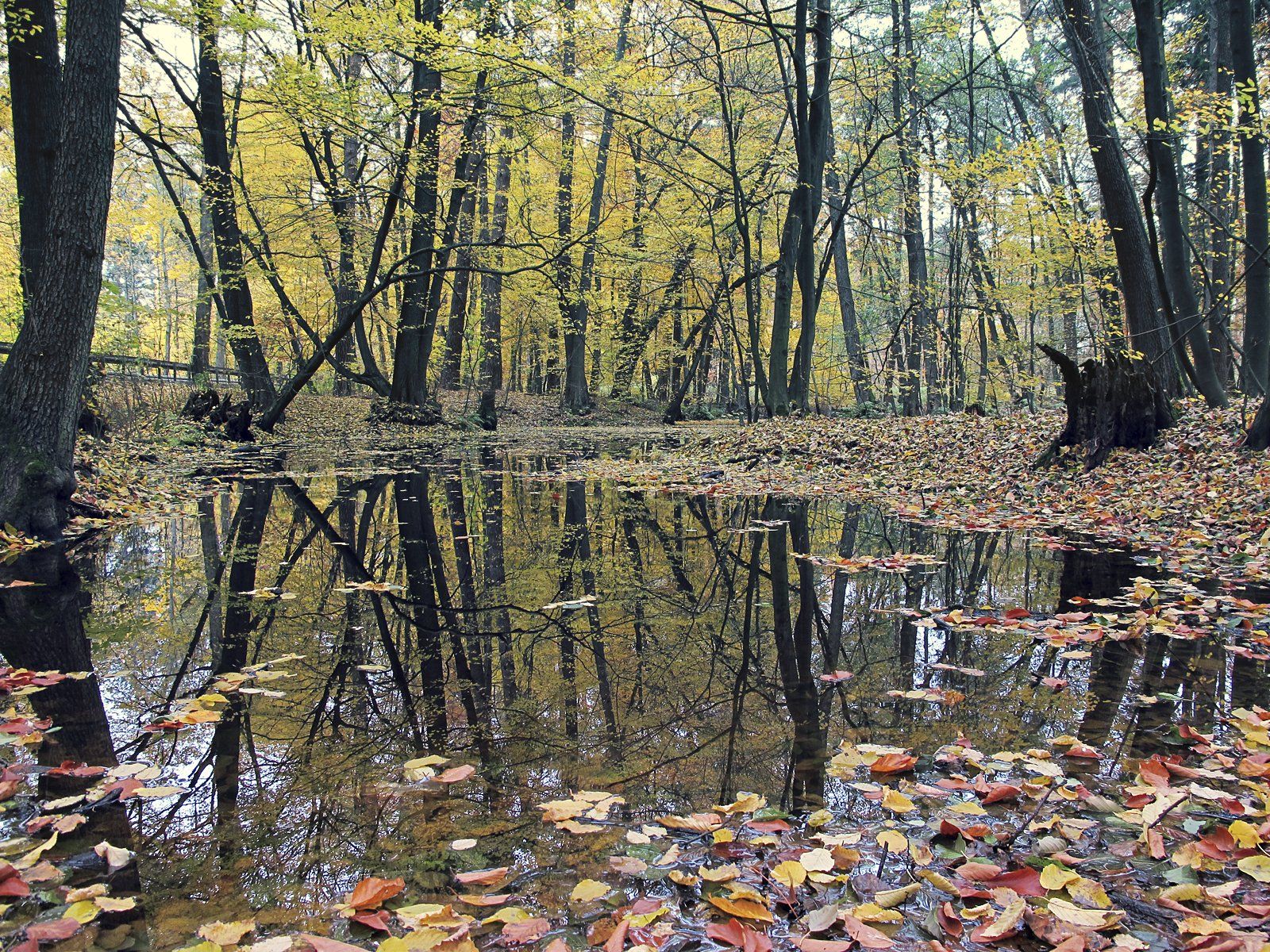
- Resource distribution and political dynamics
- Water scarcity and conflicts
- Energy resources: geopolitics and global dependencies.
The distribution and access to natural resources profoundly influence geopolitics and global relations. Geographical factors such as resource availability, proximity, and strategic importance shape political dynamics between nations. Water scarcity, for instance, can lead to conflicts, as access to this vital resource becomes increasingly strained. Energy resources, including fossil fuels and renewable energy, also have geopolitical implications, with countries competing for control or forming interdependencies.
Geography sheds light on these dynamics, allowing us to comprehend the intricate relationship between resources and global power struggles.
Applying Geographical Knowledge
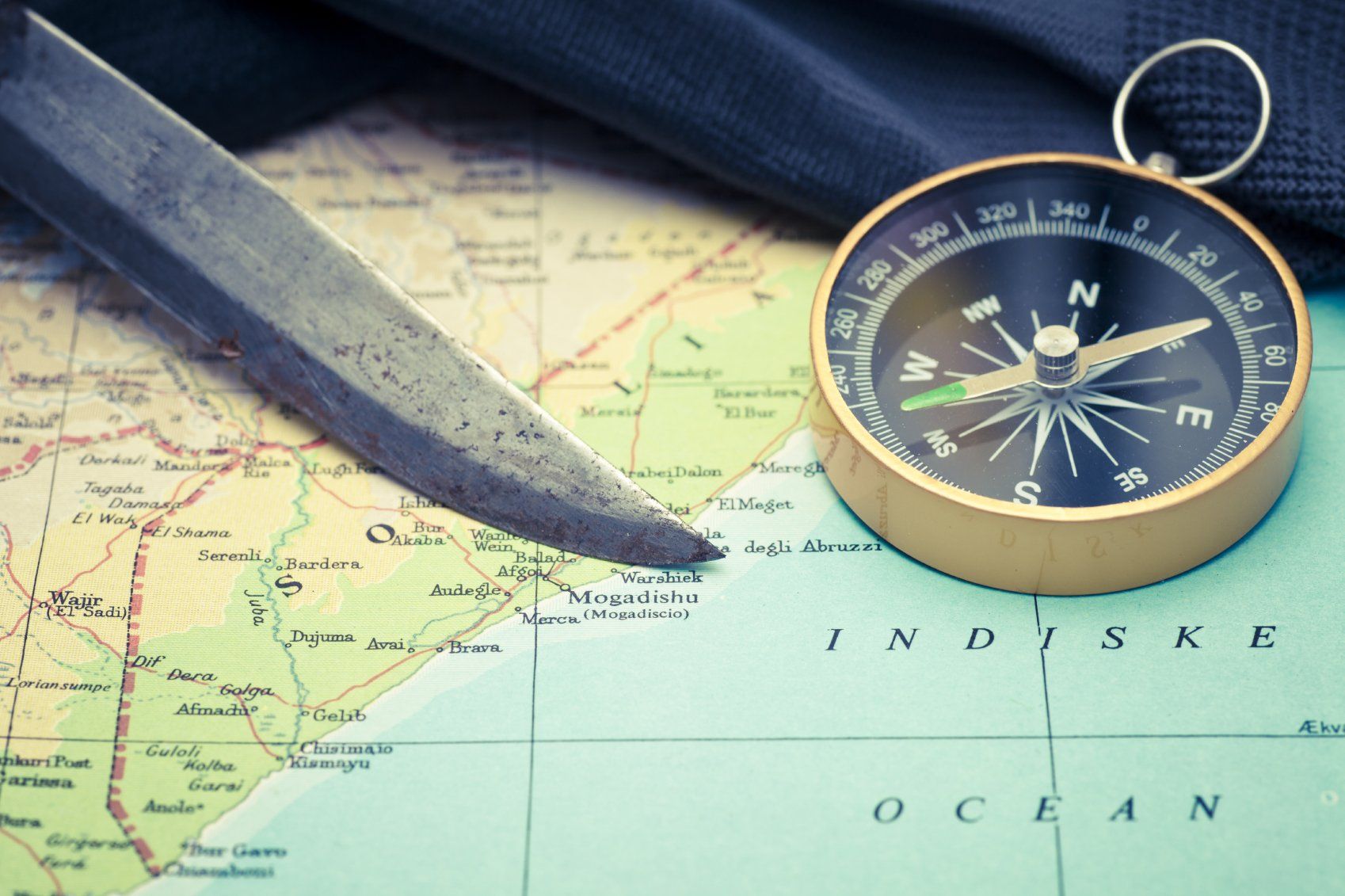
- Spatial planning and urban design
- Transportation and infrastructure development
- Geographical information systems (GIS) in decision-making
Geographers' knowledge and skills find practical application in various fields. Spatial planning and urban design utilize geographical insights to create well-designed and sustainable urban environments. Transportation and infrastructure development rely on geographic analyses to optimize logistics and connectivity. Geographical information systems (GIS) provide powerful tools for decision-making, allowing policymakers to analyze spatial data, monitor changes over time, and make informed choices for the benefit of society.
Geography's practical applications shape our physical surroundings and contribute to the effective management of resources and spaces.
The Future of Geography
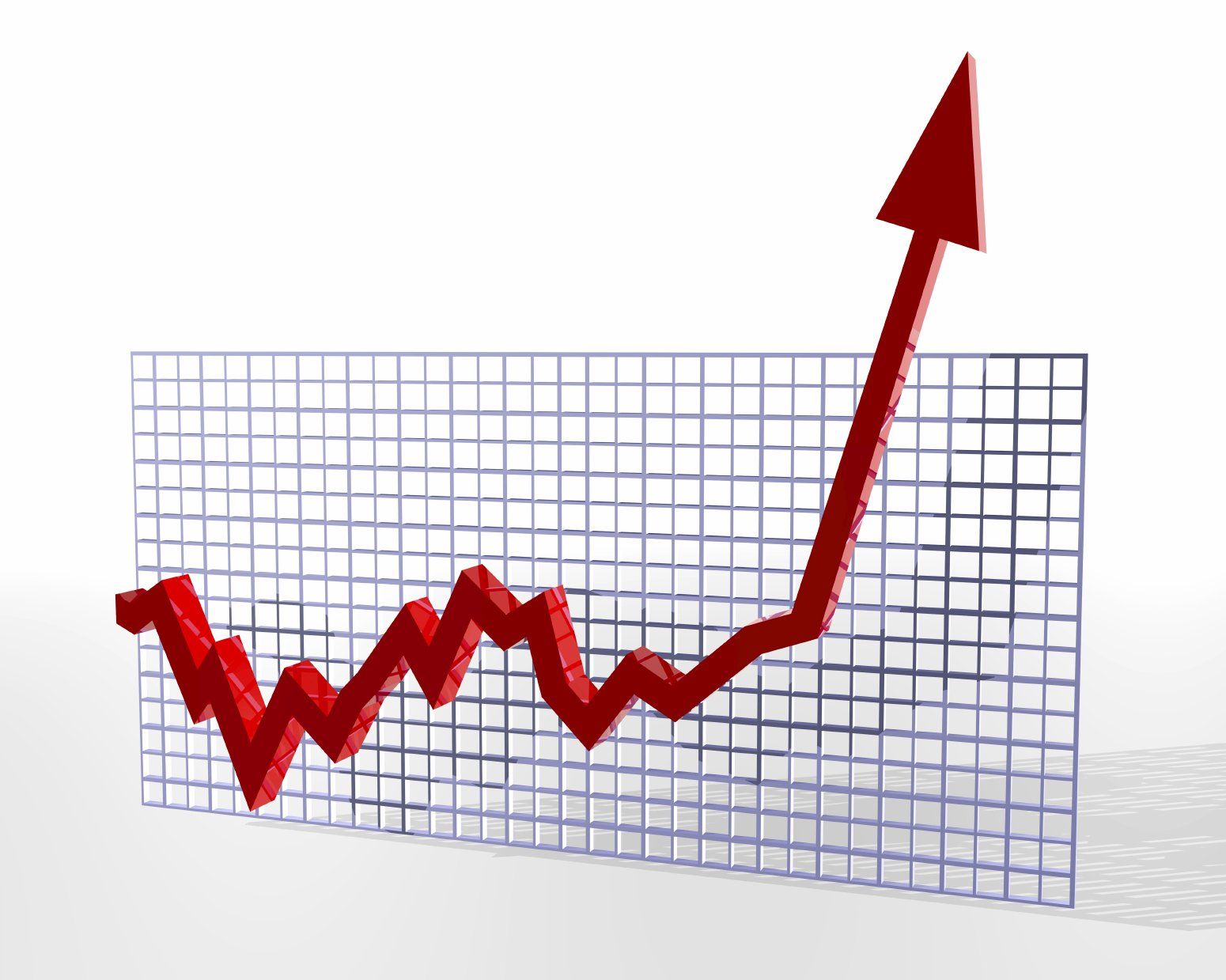
- Emerging trends and challenges in the field
- The importance of geospatial data
- Shaping a sustainable and equitable world through geography
As we look towards the future, geography continues to evolve and confront new challenges. Emerging trends such as advancements in geospatial technologies, big data analytics, and the increasing focus on sustainability shape the field's trajectory. Geospatial data, including satellite imagery and remote sensing data, have become invaluable tools in addressing global issues. With its broad interdisciplinary nature, geography has the potential to tackle complex problems, promoting sustainable and equitable development.
By harnessing the power of geography, we can shape a better world for generations to come.
Summary

- Recap of demography, economic geography, and biogeography
- The interconnectedness and importance of these fields
Demography, economic geography, and biogeography are integral components of the vast tapestry that is geography. Demography helps us understand human population patterns and their societal implications, while economic geography unravels the dynamics of trade, development, and globalization.
Biogeography delves into the intricate patterns of life on Earth and the factors influencing biodiversity. Together, these fields provide us with a holistic understanding of our world, empowering us to address its challenges and foster sustainable development.
FAQs
Frequently asked questions about geography and its sub-disciplines Answers to common queries
Q: What is the significance of studying population growth and decline?
A: Studying population dynamics is crucial for understanding social, economic, and political trends, and formulating informed policies for sustainable development.
Q: How does economic geography contribute to our understanding of globalization?
A: Economic geography highlights how the interplay between geography and economic activities shapes global trade, development patterns, and regional disparities.
Q: How does biogeography aid species conservation?
A: Biogeography helps identify biodiversity hotspots and informs conservation efforts, promoting the preservation of Earth's precious biological treasures.
Q: How does geography contribute to climate change research?
A: Geography provides insights into the spatial dimensions of climate change, its impacts on landscapes and ecosystems, and strategies for mitigation and adaptation.
Q: How can geographical knowledge be applied in real-world scenarios?
A: Geographical knowledge finds practical application in various fields, such as spatial planning, transportation, and infrastructure development, facilitated by geographical information systems (GIS).
In conclusion, the fields of demography, economic geography, and biogeography offer diverse lenses through which we can unlock the intricate secrets of our world. By exploring these captivating disciplines, we gain a deeper understanding of the interconnectedness of societies, economies, and ecosystems. From population patterns and economic activities to species conservation and climate change, geography provides us with the tools to shape a sustainable and equitable future.
Let us embark on this journey of discovery, embracing the wonders that demography, economic geography, and biogeography unveil before us.




